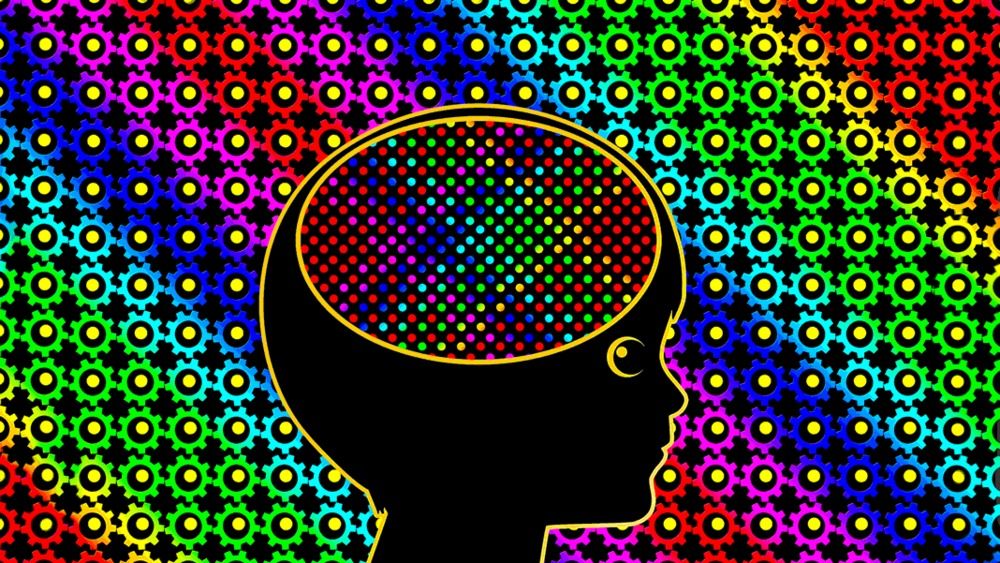Feb 1, 2020
New Gut Bacteria Research Explains Geographic Location
Posted by Paul Battista in category: biological
New gut bacteria research reveals that gut microbes can differ depending upon what region of the world you live in.
New gut bacteria research reveals that gut microbes can differ depending upon what region of the world you live in.


Buildings with this concrete can—in regions with a calm mediterranean climate—absorb CO2 and release oxygen with micro-algae and the other “pigmented microorganisms” that coat it. These vertical gardens boast aesthetic appeal, but the biological concrete’s beauty also lies in its clever design.
The concrete works in layers. The top layer absorbs and stores rainwater and grows the microorganisms underneath. A final layer of the concrete repels water to keep the internal structure safe. The top can also absorb solar radiation, which insulates the building and regulates temperatures for the people inside.
Stanford scientists have identified specific biological pathways along which individuals age over time.
A provocative new study suggests the microbes that live in your gut could reveal critical details about your health — and your death.
Godzilla is back in cinemas, and he’s big. Since his first awakening the radioactive, fire-spewing kaiju has grown 60 metres and put on more than 150 000 tons. Godzilla is now 30 storeys tall and weighs as much as a cruise ship. s biology. If Godzilla were real, he would be an incredible specimen.
Weight problems Godzilla would weigh 146 000 tons, according to our keen analysis of the 2014 Godzilla toy and a formula developed by palaeontologists to work out the mass of bipedal dinosaurs.
0,00016 x (circumference of femur in millimetres) 2,73 = mass in kilograms 0,00016 x (Godzilla’s femur: 24 200 mm) 2,73 = 148 571 645 kilograms, or nearly 150 000 tons.
Am Nat. 2017 Nov;190:694–706. doi: 10.1086÷693854. Epub 2017 Sep 5.
Biological invasions offer interesting situations for observing how novel interactions between closely related, formerly allopatric species may trigger phenotypic evolution in situ. Assuming that successful invaders are usually filtered to be competitively dominant, invasive and native species may follow different trajectories. Natives may evolve traits that minimize the negative impact of competition, while trait shifts in invasives should mostly reflect expansion dynamics, through selection for colonization ability and transiently enhanced mutation load at the colonization front. These ideas were tested through a large-scale common-garden experiment measuring life-history traits in two closely related snail species, one invasive and one native, co-occurring in a network of freshwater ponds in Guadeloupe. We looked for evidence of recent evolution by comparing uninvaded or recently invaded sites with long-invaded ones.
Computers can beat humans at sophisticated tasks like the game Go, but can they also drive a car, … [+] speak languages, play soccer, and perform a myriad of other tasks like humans? Here’s what AI can learn from biology.

A few years back, DeepMind’s Demis Hassabis famously prophesized that AI and neuroscience will positively feed into each other in a “virtuous circle.” If realized, this would fundamentally expand our insight into intelligence, both machine and human.
We’ve already seen some proofs of concept, at least in the brain-to-AI direction. For example, memory replay, a biological mechanism that fortifies our memories during sleep, also boosted AI learning when abstractly appropriated into deep learning models. Reinforcement learning, loosely based on our motivation circuits, is now behind some of AI’s most powerful tools.
Continue reading “How Researchers Used AI to Better Understand Biological Vision” »
